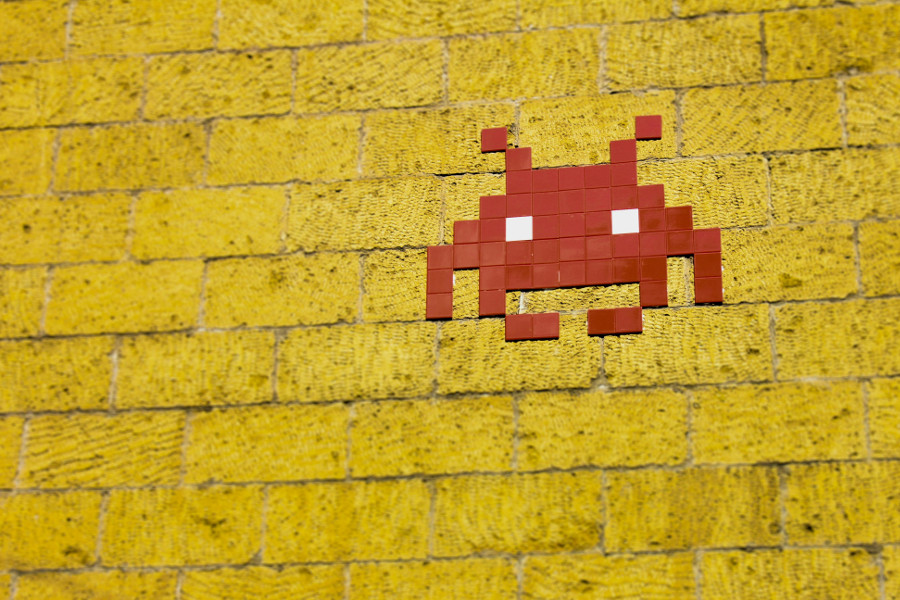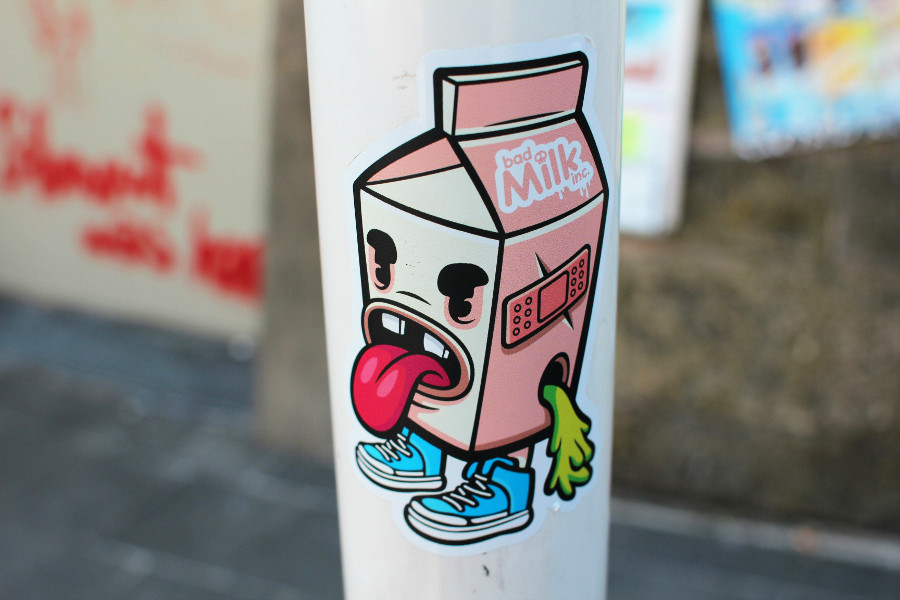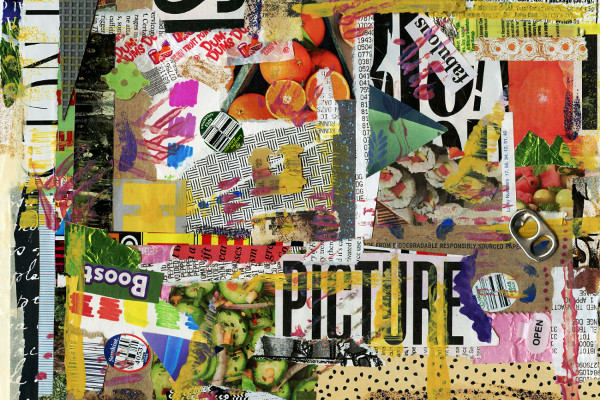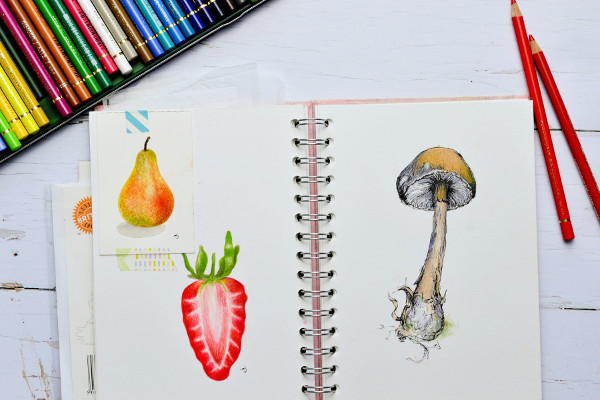How to Start a Legal Form of Street Art: Essential Tips, Techniques and Considerations
Street art is an exciting way to express yourself and make bold statements in public spaces. Whether it’s through graffiti, murals, stencils, or installations, it brings creativity to the streets, transforming urban environments into vibrant canvases. Starting your own journey in street art may seem overwhelming, but with the right materials, inspiration, and techniques, you can begin leaving your mark. This guide will help you navigate the world of street art, from finding legal spaces to developing your unique style.

What is street art?
Street art is a form of expression that uses public spaces as a canvas. It's a rebellious, bold, and often uninvited way to make a statement. Whether it's graffiti tags, large murals, stencils, or installations, street art is about taking the art out of the galleries and onto the streets. People use it to tell stories, challenge authority, or just add color to an otherwise dull environment. It's kind of like a surprise for the city – a blend of rebellion and creativity that transforms our urban surroundings into a living, breathing art exhibit. The key here is that it’s free, spontaneous, and accessible.
How do I find inspiration for my street art?
Finding inspiration for your street art is like hunting for treasure – you never know when or where it’s going to strike. You can draw from your own life experiences, the world around you, or even your favorite artists. Walk through your neighborhood or city, and pay attention to everything: the people, the buildings, the colors, the messages. Sometimes, a random thought or an image can spark something bigger. Get outside, explore, talk to people, and absorb what you can. Inspiration is everywhere if you’re open to it. Just don’t forget to keep a sketchbook on hand for when the magic happens.
Here are a couple of resources for inspiration:
- Art UK: be inspired by street art
- Brown University: Graffiti & Street Art Resources
What materials do I need to start creating street art?
Street art doesn’t require a fancy studio or expensive supplies, just a few essentials to get started. Spray paint is a must – easy to apply and comes in a wide range of colors. Markers are great for finer details, and stencils can help you speed up your work. You’ll also want some brushes or rollers for larger projects. If you’re going for a more temporary piece, wheat paste can help you stick up posters. Don't forget protective gear – gloves and a mask to avoid inhaling fumes. It’s about working with what you’ve got, so start simple, experiment, and let your creativity guide you.
How do I develop my own style in street art?
Developing your own street art style is a journey – one that involves a lot of trial and error, and that’s perfectly okay. You can begin by experimenting with different techniques, materials, and color palettes. Explore various artistic influences, and see what resonates with you. Don’t rush it – let your style evolve naturally. Take what you love about street art, tweak it, and make it yours. Over time, patterns will emerge, and you’ll start to develop a unique voice. The most important part? Stay true to yourself and your vision. It’ll take time, but that’s what makes it special.
What techniques are commonly used in street art?
Street art is all about variety – different artists use a mix of techniques to leave their mark. Spray painting is the classic choice, letting you work quickly and with bold colors. Stenciling is another popular technique, allowing for intricate designs that can be replicated. Some artists use markers or paint brushes for finer details, while others may paste up posters or large-scale murals. You might even see 3D street art or yarn bombing making an appearance! The beauty of street art is its versatility – whether you're covering a whole wall or leaving small tags, you can use whatever technique fits your style.
Here are a few teaching resources about street art:
- Where art lives: street art resources
- Teaching about graffiti and street art (it's more for younger students)

Is street art legal?
Street art can be both legal and illegal, depending on where it’s done. In most cases, creating art without permission on public or private property is considered vandalism and can lead to fines or other legal consequences. However, some cities and communities have designated “legal walls” where artists can paint freely. Many artists also collaborate with property owners to create commissioned murals, which gives them a legal platform. The key is understanding the local laws and finding spaces where your creativity won’t get you into trouble. Always make sure you have permission before starting a big piece.
How can I find legal spaces to create street art?
If you’re looking for legal spaces to express yourself, there are a few ways to go about it. Some cities have designated legal walls where you can paint without worrying about getting into trouble. You can also reach out to property owners or businesses who might be open to letting you paint a mural on their walls. Many community groups and organizations also run street art initiatives, where artists can participate in projects legally. Start by researching your area and talking to people in the street art community – they might know about spots where you can work safely and legally.
Can I use stencils in my street art?
Absolutely! Stencils are one of the most popular tools in street art because they help create clean, detailed designs that can be replicated quickly. They're perfect for anyone who wants to add precision to their work or speed up the process. You can make your own stencils using cardboard, plastic, or other materials, and they’re reusable, which makes them perfect for repeating patterns or symbols. Whether you're creating intricate portraits or bold slogans, stencils allow you to bring your vision to life fast. Just remember to be mindful of the surface you're working on and make sure you have permission to use it.
How do I prepare a surface for painting street art?
Preparing a surface properly can make or break your street art project. Start by cleaning the wall or surface you’ll be working on. Wipe away dirt, dust, and any loose paint to ensure good adhesion. If you’re working with a rough surface, sanding it down might help smooth it out. Priming the surface with a neutral-colored base coat, like white, is also a good idea – it’ll give your colors more vibrancy. Once that’s done, let the surface dry before you start your work. Take a moment to test your materials on a small section of the surface to make sure everything sticks as it should.

What safety precautions should I take when creating street art?
Safety first! When you’re out creating street art, make sure to wear gloves and a mask to protect yourself from paint fumes, especially if you’re using spray paint. Eye protection is also a good idea, just in case. Depending on the size of your project, you might need a ladder or scaffolding – make sure it’s stable and safe to use. It’s also smart to carry a first-aid kit with basic supplies. Keep an eye out for any hazards in your environment, like traffic, construction zones, or aggressive weather. And, of course, always respect the local laws to avoid legal troubles while you’re working.
How do I document and share my street art?
Documenting your street art is key to building a portfolio and getting recognition for your work. Start by taking clear, high-quality photos of your pieces from different angles. Don’t forget to capture the surrounding environment to give context to the art. Social media is a great way to share your creations – Instagram and TikTok are popular platforms for street artists to showcase their work. You can also create a personal website or blog to feature your portfolio. If you’re feeling adventurous, try shooting time-lapse videos of your process – people love watching art come to life. The world is waiting to see what you create!
Can I collaborate with other street artists?
Collaboration is a big part of street art culture, and it can lead to some seriously epic projects. You can team up with other artists to create massive murals, experiment with new techniques, or share your unique ideas. When working together, it’s important to communicate clearly about roles, creative direction, and expectations. It’s all about mutual respect and collaboration, so make sure everyone is on the same page. Many street art festivals and community projects encourage artists to collaborate, which is a great opportunity to meet others and learn from their approaches. Teamwork in street art can be incredibly rewarding.
How can I improve my street art skills?
Improving your street art skills is all about practice, experimentation, and learning from others. Start by mastering the basics – spray painting, stenciling, or working with markers and brushes. Try different techniques to see what feels right for you. Don’t be afraid to make mistakes – that’s how you learn. Study other artists, both classic and contemporary, to understand their approaches. You can even take workshops or attend street art events to network and get feedback on your work. The more you practice, the more you’ll refine your style. Above all, stay open to trying new things and evolving your artistic voice.

What are the ethical considerations in street art?
Street art is a powerful form of expression, but it comes with a set of ethical considerations. First and foremost, respect others’ property. Unauthorized art on private or public property is often considered vandalism, and it can damage relationships within the community. It’s important to think about the impact your art may have – could it offend someone, or could it be seen as inappropriate? Street art can be a tool for social change, but it's essential to engage thoughtfully with your audience. While expressing yourself, remember that being responsible and respectful goes a long way in creating meaningful art.
How can I turn my street art into a career?
Turning street art into a career is a combination of talent, persistence, and strategy. Start by building a strong portfolio of your work – photograph your pieces and post them online. Attend street art festivals, network with other artists, and seek out collaborations. Businesses and property owners may be open to commissioning murals, which can be a good source of income. You can also sell prints or merchandise inspired by your street art. Keep pushing boundaries, stay true to your style, and be patient. Building a career in street art takes time, but with passion and persistence, you can turn your creative pursuits into a full-time job.



